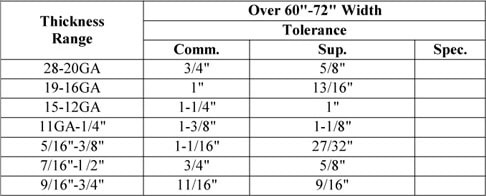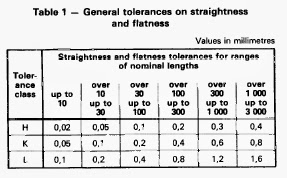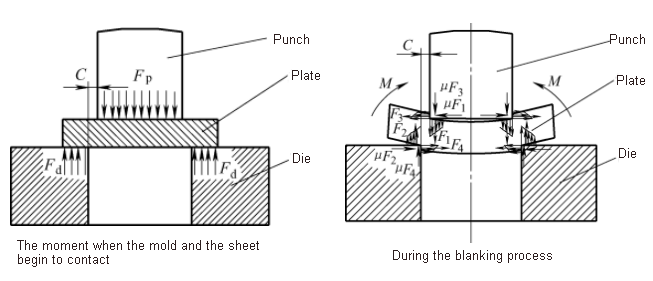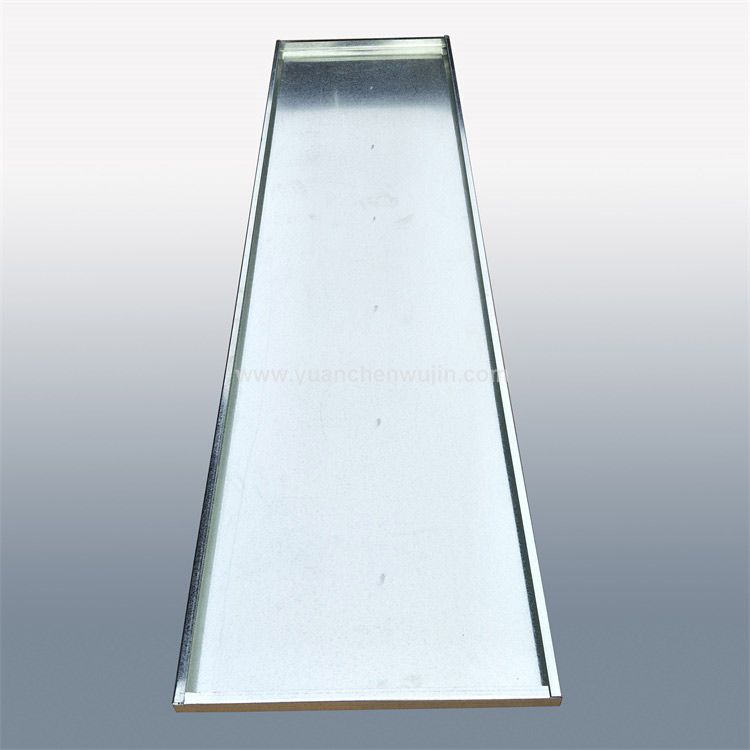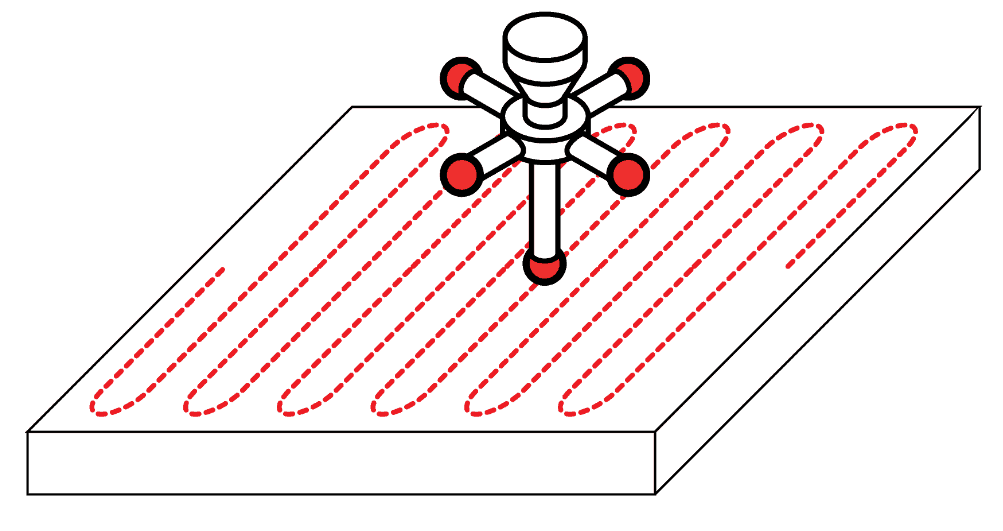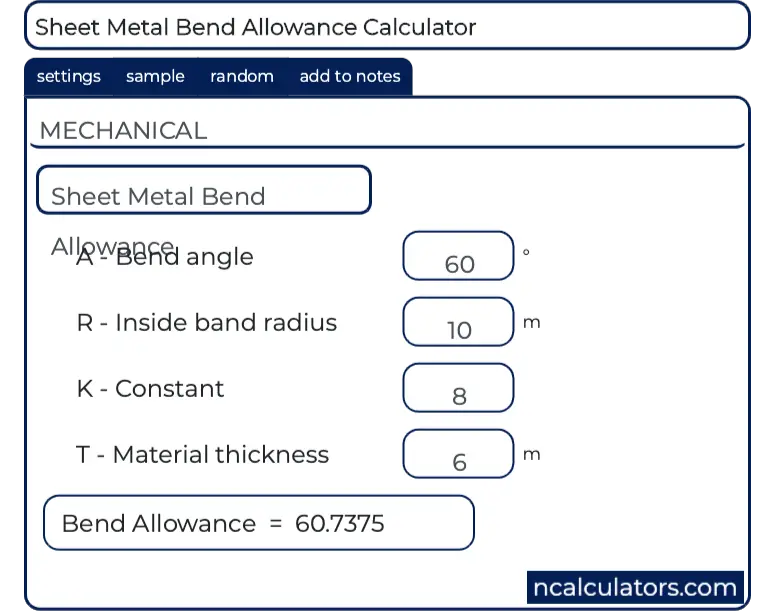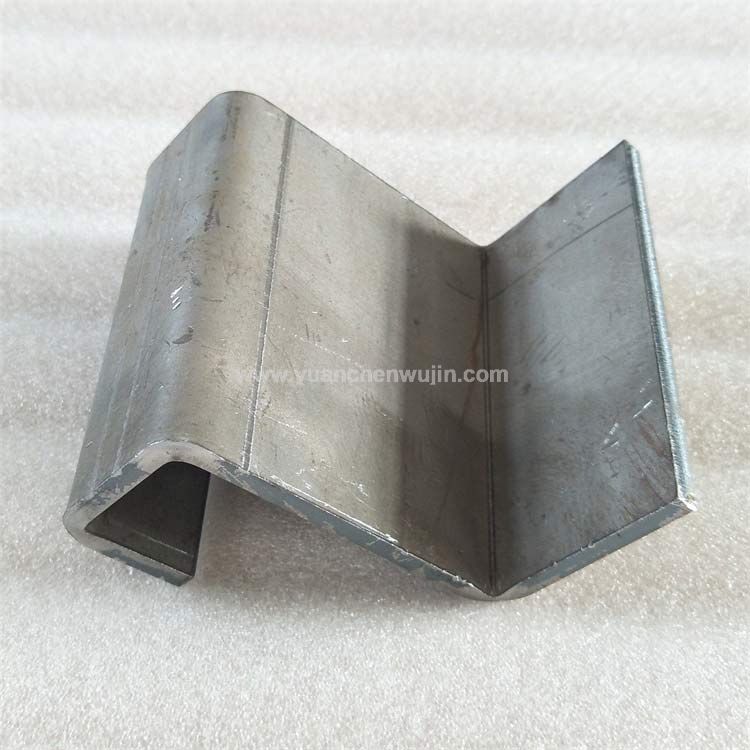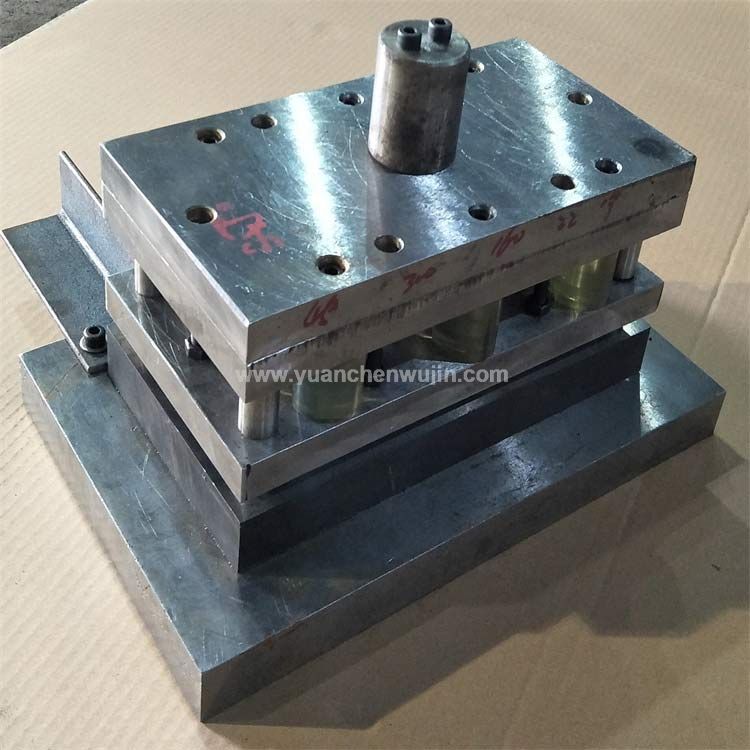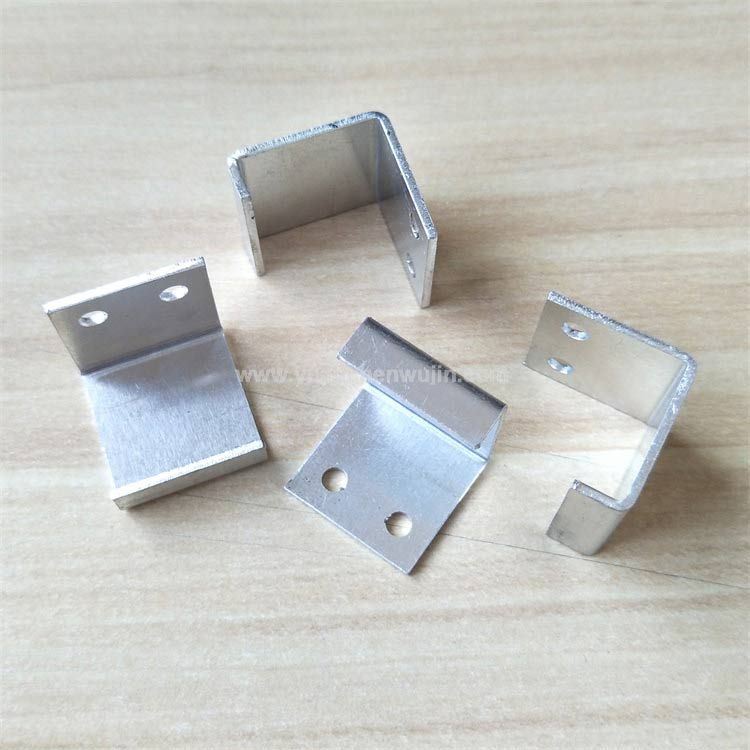5 short span flatness is the deviation from flat over full span for spans 2 ft and less 2 tx51 is a general designation for the following stress relieved tempers.
Standard flatness tolerance for sheet metal.
For sheet metal parts iso 27 68 mk is used.
In general sheets 60 wide and under are to be no more than out of flat when laid on a flat surface.
The tolerances in the table and attachments reflect current manufacturing practices and commercial standards and are not representative of the manufacturer s standard gauge which has no inherent tolerances.
Plates can be out of flat for a number of reasons.
Sheet metal tolerances should not be tighter than necessary to make the part functional.
Practical tolerances vary according to the design requirements.
In the above example m and k has defined the tolerance.
T351 t451 t651 t851 t7351 and t7651.
Stainless steel sheet forms finishes and tolerances.
General tolerance iso 2768 does not specify where to use these tolerances.
Standard tolerances sheet standard tolerances.
Flatness tolerances for sheet are published only for full size sheets.
Sheet metal guage tolerances.
Relevant en standards for metal sheets and plates.
1989 general tolerances part 2.
For sheet metal parts iso 2768 mk is used.
En 10 051 continuously hot rolled strip and plate sheet cut from wide strip of non alloy and alloy steels.
Relevant din standards for metal.
Since rolled alloys also levels this product we work to the mill tolerances.
Tolerance class is defined as per design requirements and manufacturing capability.
Tight tolerances raise the cost of manufacturing significantly.
And for machined components iso 27 68 fh can be used.
For thicknesses lighter than 0 018 refer to.
En 10 259 wide strip and plate sheet made of stainless steel.
Thicknesses range from 0 018 to 0 1874 and widths range from 24 to 48.
En 10 029 hot rolled steel plates 3 mm thick or above tolerances on dimensions and shape.
And for machined components iso 2768 fh can be used.
Ati sheet stainless steels are flat rolled products produced by continuous mill rolling available in coils or cut lengths.
During the rolling process the rollers bow slightly which results in the sheets being thinner on the edges.
Geometrical tolerances for features without individual tolerance indications.
Tolerances of 010 should be considered minimum.
Linear tolerances should be held as loose as possible.
As per design requirements and manufacturing capability tolerance class is defined.



